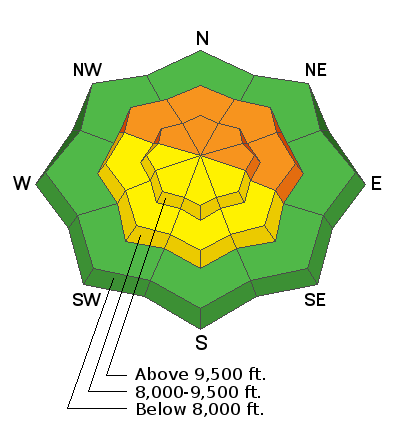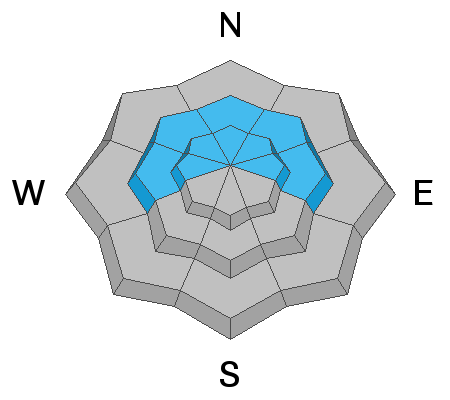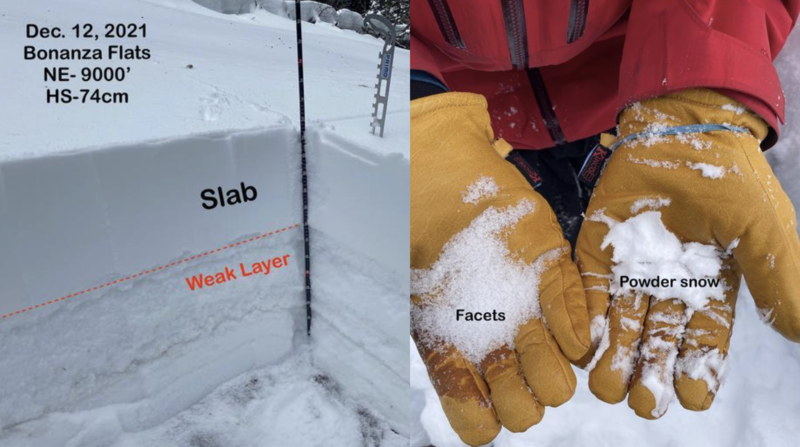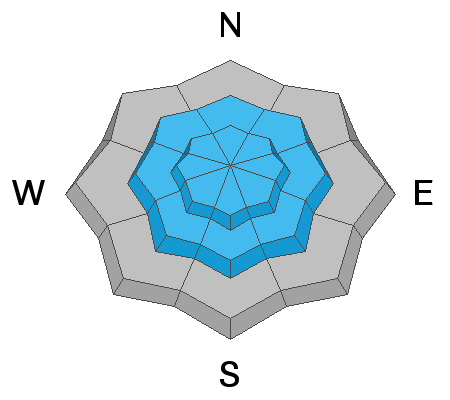Watch out if traveling in the backcountry near ski areas. Please be aware of and respect their boundaries. Many resorts are working on opening their terrain and using explosives in those areas.
Batteries for Beacons runs through Dec 19. Get free batteries for your transceiver and a chance to win 1 of 10 Black Diamond Rescue Kits, 1 of 3 Mammut Barryvox transceivers, or 1 of 3 BCA Tracker transceivers. Stop at a
participating shop, fill out our survey and get a free set of batteries. Don't need batteries, but still want a chance to win? Fill
out the survey to be registered.
Under mostly cloudy skies, the mountain temperatures hover in the mid to low 20's °F across the board. The southwesterly winds are screaming across the upper elevation terrain (10,000') with speeds averaging 20-30 mph gusting 40-50 mph. At 11,000', the winds are southwest and blowing 35-45 mph, gusting into the 80's.
As a large-scale trough approaches Northern Utah, these southerly winds are forecasted to increase later today into tomorrow ahead of the storm. The good news is this storm will likely bring 1-2 feet of new snow to the mountains starting Tuesday afternoon/evening. Stay tuned!
Unfortunately, the southerly winds have wreaked havoc on our snow surface, making the riding and turning conditions sub-par for the course.
Two avalanches were reported from the backcountry yesterday. The first was in
Hidden Canyon near Brighton. This avalanche was remotely triggered and likely failed on faceted snow; luckily, nobody was caught. The second was a small wind slab avalanche triggered in
Cardiff Fork.
Many backcountry observers continue to note booming collapses and shooting cracks. Regularly check
the observations page for field observations and avalanche activity.











